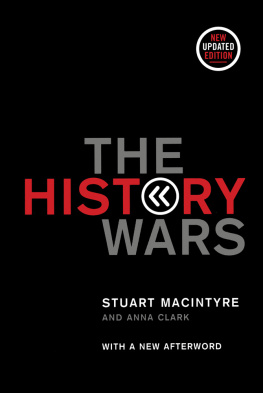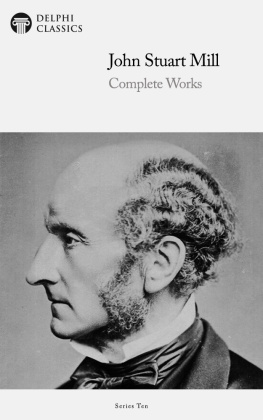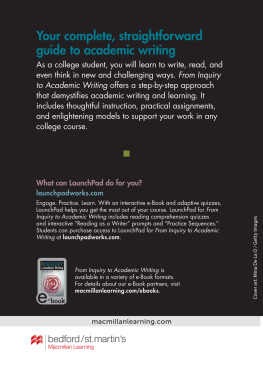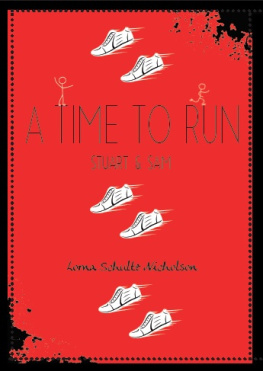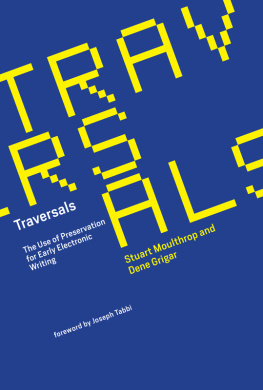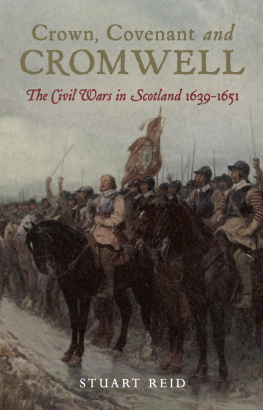Literature of the Stuart successions

Literature of the Stuart successions
An anthology
Edited by Andrew McRae and John West
Manchester University Press
Editorial matter copyright Andrew McRae and John West 2017
All other matter copyright as acknowledged
The right of Andrew McRae and John West to be identified as the editors of this work has been asserted by them in accordance with the Copyright, Designs and Patents Act 1988.
Published by Manchester University Press
Altrincham Street, Manchester M1 7JA
www.manchesteruniversitypress.co.uk
British Library Cataloguing-in-Publication Data
A catalogue record for this book is available from the British Library
ISBN 978 1 5261 0463 2 hardback
ISBN 978 1 5261 0462 5 paperback
First published 2017
The publisher has no responsibility for the persistence or accuracy of URLs for any external or third-party internet websites referred to in this book, and does not guarantee that any content on such websites is, or will remain, accurate or appropriate.
Typeset by
Servis Filmsetting Ltd, Stockport, Cheshire
Contents
This book was produced as a result of the Stuart Successions Project, a collaboration between the universities of Exeter and Oxford, funded by the Arts and Humanities Research Council. We wish to thank the universities, and especially the AHRC, for their support. We also acknowledge the contributions of other project team members: Paulina Kewes, Joseph Hone and Anna-Marie Linnell. And we note that the Stuart Successions Project was conceived and developed in collaboration with the late Kevin Sharpe. Although Kevin died too young shortly after the grant was awarded, the project was greatly indebted to his work. As a friend and colleague, he is greatly missed.
In our annotation of the texts, we benefited from generous advice from a number of people, including Alastair Bellany, Daniel Cattell, David Colclough, Karen Edwards, Neil Guthrie, Joseph Hone, Paulina Kewes, Gerald Maclean and Philip Schwyzer.
This anthology is designed to be compatible with other outputs from the Stuart Successions Project. These include a volume of essays, Literature of the Stuart Successions, ed. Paulina Kewes and Andrew McRae (Oxford: Oxford University Press, forthcoming); and an open-access database of Stuart succession literature, http://stuarts.exeter.ac.uk/database/. We have also developed the website Stuarts Online (http://stuarts-online.com/) to support education in this rich field.
Spelling and punctuation have been modernized lightly in all texts, in order to improve the experience of reading but with a view to retaining the authors original intentions. All references to the Bible are to the Authorized (King James) Version.
| Hammond | The Poems of John Dryden, vol. 1: 16501681, ed. Paul Hammond (London: Longman, 1995); vol. 2: 16821685, ed. Paul Hammond (London: Longman, 1995) |
| ODNB | Oxford Dictionary of National Biography (Oxford: Oxford University Press, 2004); online edn, January 2008, http://www.oxforddnb.com (accessed 1 February 2017) |
| OED | Oxford English Dictionary Online, http://www.oed.com/ (accessed 1 February 2017) |
| POAS | Poems on Affairs of State: Augustan Satirical Verse, 16601714, 7 vols (New Haven and London, 196375), vol. 6, ed. F. H. Ellis |
Royal successions are moments of national transition. The shift from one reign to another can invoke uncertainty and anxiety, anticipation and hope. Successions will prompt observers of all kinds to look back at the reign that has passed, and also forward to that which is dawning. They are occasions that concentrate minds on the values and structures of the nation. Succession literature, as presented in this anthology, includes all types of writing that respond to these moments. It is a category that includes a lot of material that we might readily identify as literature, most notably various kinds of poetry. But it also includes other types of writing and performance, including news reports, proclamations, speeches, pageantry, pamphlets and sermons. It is therefore generically diverse, though highly concentrated in terms of its occasion and subject-matter. The aim of this anthology is to represent both the breadth and the quality of this writing across the Stuart era (16031714).
This was the great age of succession literature. While earlier successions certainly generated responses from writers, the conditions of publication were considerably less advanced. The technology of print was introduced into England in the late fifteenth century, but the business of printed publication advanced rapidly from the latter decades of the sixteenth century. Across the Stuart century, print was ubiquitous, reaching all geographical regions and social levels. While some writers, especially within the court, still preferred to circulate their works in manuscript form among coteries of readers, the vast majority of material produced in response to successions was printed. At the other end of the Stuart era, successions tended to generate less material in part because the monarchy itself was by then less powerful a force, and in part because observers were choosing different ways of responding to such events. The growth of the newspaper, from its infancy in the seventeenth century, is relevant in this regard. The gradual decline of poetry as a public form of writing, powerfully engaged with national debates, was also a factor. By the twentieth century, only a handful of people would respond to royal successions by writing poems.
In this introduction, we want to provide a richly informed context for the material that follows. While introductions to particular reigns and headnotes to texts will be provided in the body of the book, our goal at the outset is to establish an overview of the period, the nature of royal succession and the various kinds of succession literature. The material in this volume is compelling and fascinating, but can also be challenging and opaque to non-specialist readers. We aim, here and throughout, to provide the framework and support necessary to facilitate productive reading experiences.
The Stuart monarchs and their nations
This volume focuses on the period when the Stuarts ruled in England, Scotland and Ireland, subsequent to the arrival in London of James VI of Scotland in 1603 after the death of Queen Elizabeth I. The rule of Stuarts (or Stewarts) in Scotland stretched back to 1371, while James himself had held the throne from 1567, his first year of life. He was, he reflected many years later, a cradle king. But when the time came, the succession was surprisingly peaceful and decisive, establishing a dynasty that would only be brought to an end 111 years later.
The Stuarts ruled multiple nations. Wales had been incorporated into England by the Tudors, but Scotland and Ireland remained distinct entities. While Jamess accession unified the English and Scottish crowns, his expectation that he would as a result be able to unify the nations of England and Scotland was frustrated by entrenched differences. This goal would elude him, and all subsequent Stuart monarchs, until Queen Anne established the nation of Great Britain in 1707. Throughout the dynasty, then, the different structures and interests of each nation placed competing demands on the Stuart monarchs. Ireland remained, in





